Description
Reproduction of a Buddha sculpture with base made from molded marble (marble powder plus binders). Finished with aging patinas.
Total measurements:
Height: 82 cm. Width: 66 cm. Depth: 47 cm.
Reproduction of a Buddha sculpture with base in the lotus position.
The first representations of Buddha appeared around the 1st century CE in various regions of Asia, including Gandhara, an area that encompasses territories in present-day Afghanistan, Pakistan, and India. With the conquest of these territories by Alexander the Great and the formation of the Hellenistic kingdom of Bactria, a syncretism developed between Greek art and Eastern styles, which is reflected in the sculptures of Gandhara. These sculptures depict figures and divinities, especially from Buddhism, with a blend of Eastern and Western features and elements, such as the folded robes reminiscent of Greco-Roman classical art.
From that point, the influence of the Gandhara style spread throughout the art of various Asian countries, with a particular emphasis on sculptures dedicated to Buddha. He is often depicted in various poses, with the most common being standing, reclining on one side, or, as in this case, seated with crossed legs in the lotus position, reflecting a state of concentration and meditation.
Buddha is the Enlightened One, a human being who has attained Nirvana, complete liberation from the ignorance that causes suffering. Siddhartha Gautama Buddha was a prince in a kingdom in northwest India between the 6th and 5th centuries BCE. He renounced his wealth and position, embarking on a life of knowledge-seeking, asceticism, and renunciation. It is said that, while meditating under the Bodhi tree, he achieved Enlightenment and then devoted himself to teaching about the path to liberation from suffering.
The path to extinguishing the causes of suffering is known as the Noble Eightfold Path, which involves following a path of moderation and righteousness applied in all aspects of life, from behavior and practical morality to spiritual development.
Read about other Buddha figures in our catalog on our blog: “Head of Angkor Buddha: Serenity and Mystery.”


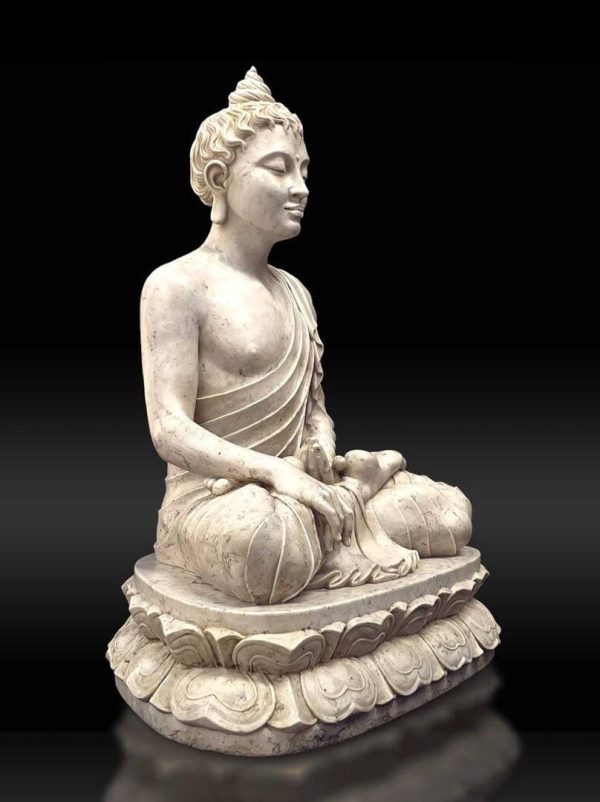
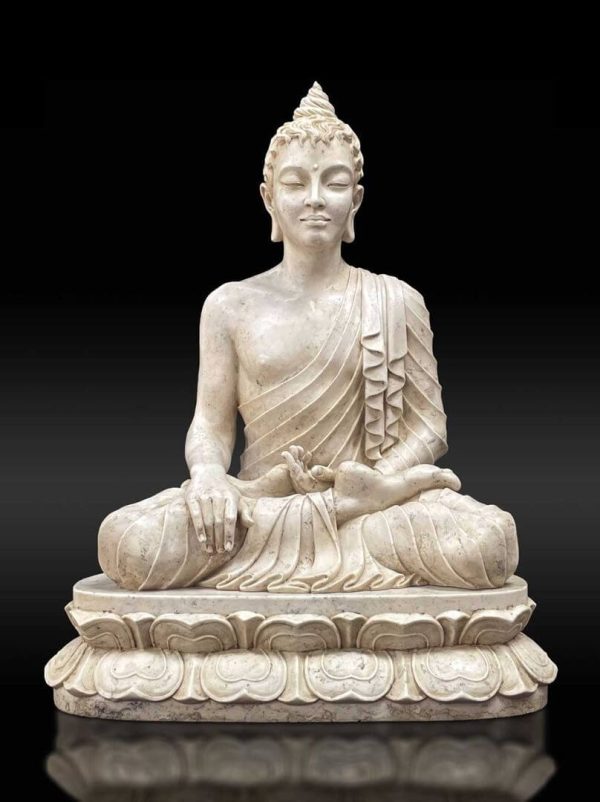
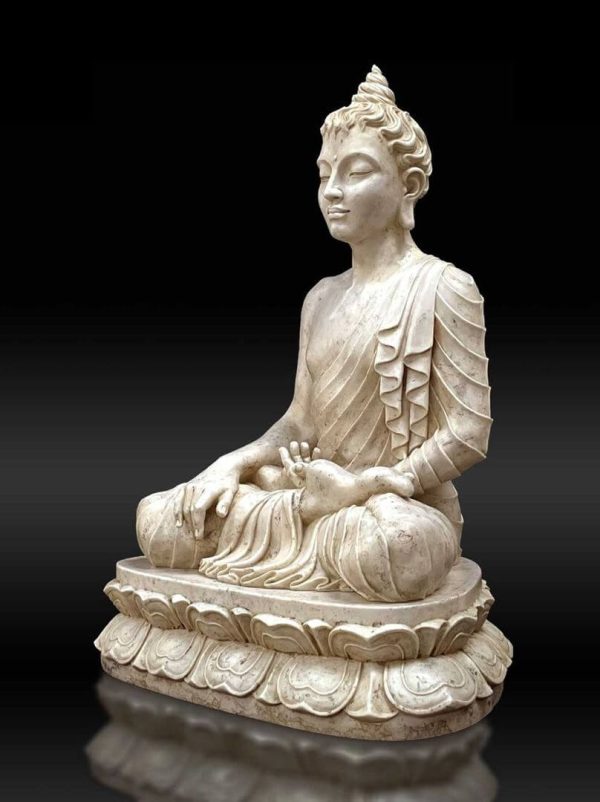
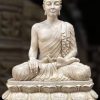


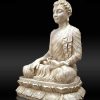








Reviews
There are no reviews yet.